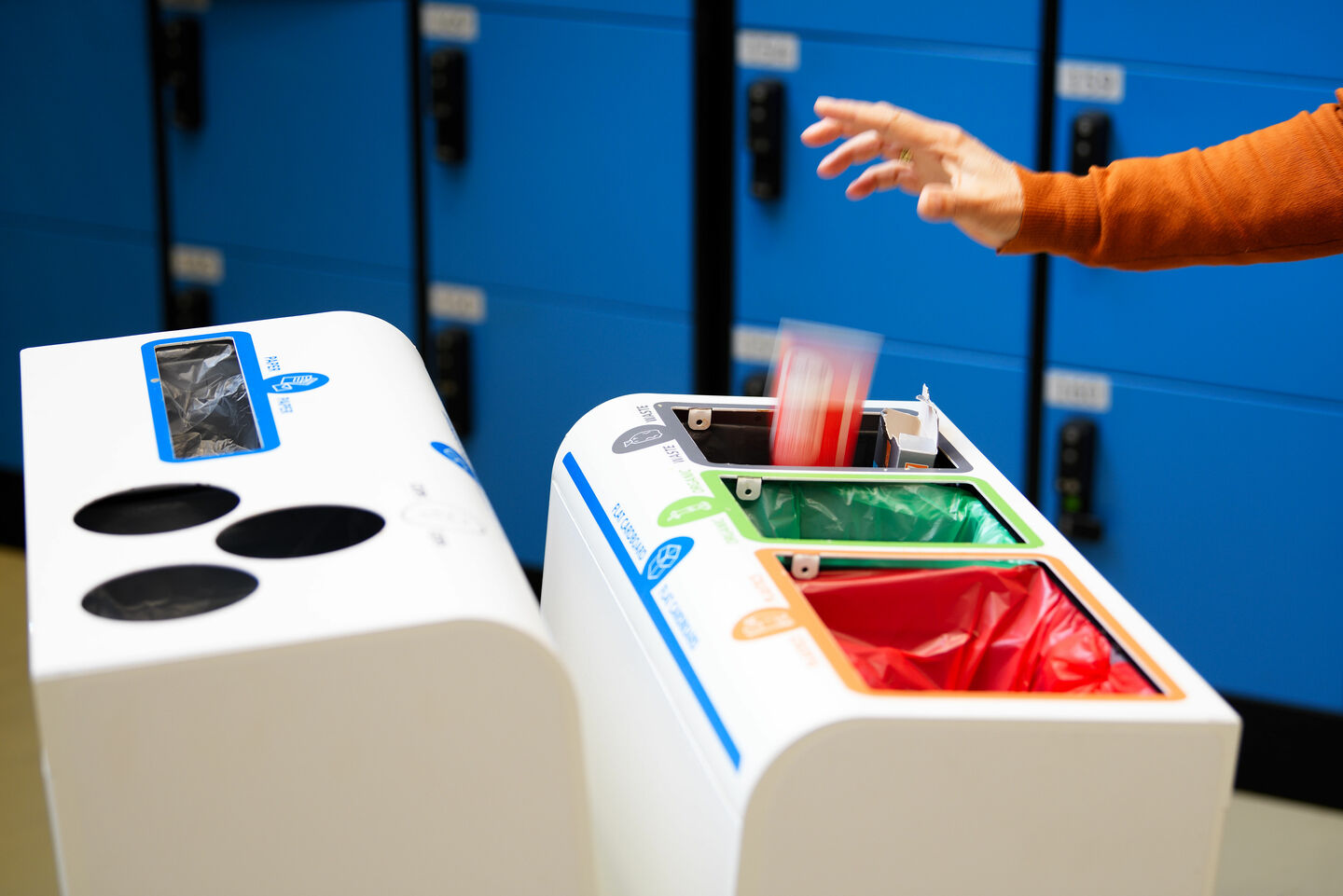
How can we reduce waste on campus as much as possible?
We produce a lot of garbage all together here on campus: an average of 76 kilos per person per year. A coffee cup weighs three grams, go figure. The waste hopefully ends up in the right box of the Tulips, then in the right containers and then it is collected by a waste processing company. How that process works? Cursor followed a Renewi garbage truck to show you.
Those who do not try to adopt a greener lifestyle, are not taken seriously. Raw materials are becoming scarce and the new credo is reuse instead of recycling. An example is the use of reusable beer cups at TU/e parties. However, waste separation must be done better. The objective of the TU/e is to have a different final destination than the incinerator for at least sixty percent of all its waste by 2020.
Of all the waste produced on the campus, 59 percent is residual waste. If that is separated better, you get waste flows that can be reused or recycled. Every kilogram of waste that does not need to be incinerated as residual waste saves us all 840 grams of CO2 emissions, as you can see on TU/e's sustainability web page.
The percentage of residual waste out of the total amount of bulk material that leaves the TU/e site in special garbage trucks that press the waste, appears to be decreasing. According to Mark Meijer, employee Waste management and Logistics, the evacuation of the Pavilion building ('Paviljoen') can be seen in the infographic above. In the 2018 bar you can see a big gray section that shows the kilos of residual waste from the Pavilion. That concerns all the material that was not allowed to be transferred to Atlas, like file folders, plant pots, promotional gifts, et cetera.
“Emptying the Pavilion was a difficult job for the employees. There was hardly any time and manpower to separate waste properly. We were already happy that the paper was disposed of separately,” Meijer says. In general, the amount of paper waste has decreased, Meijer noticed. "The paper-free office has been promoted for years at the TU/e, which we see reflected in the waste."
But the amount of residual waste must decrease considerably. To know what can be improved, the TU/e carried out a waste scan at the end of October. "Look at what you see between the residual waste, try to find out what goes right and what goes wrong and come up with a way to reduce this waste flow," was the objective. Cursor was allowed to join and made the video report below.
The Renewi garbage truck unloads three and a half thousand kilos of residual waste in a corner of the enormous terrain in Acht. It comes from all kinds of buildings on the TU/e campus, also from external parties such as Fontys. Waste management and Logistics (WM&L, but also known as TU/e’s Residual Center) is really curious about what it contains. In the waste mountain of torn-up bags you mostly notice the things that should not be in there. Piles of trays and paper, a wooden pallet. A rusty wheel with tire, probably from a trailer. Possibly placed at a waste point on the campus by a TU/e student or employee - as there are municipalities and neighborhoods where household waste has to be paid per kilo or per time.
Red bags
Striking are the bright red and green plastic bags. They contain both contaminated and neatly collected plastic or food waste streams. Unfortunately they were thrown in the wrong container by some cleaners who emptied the Tulips. Renewi's project engineer Arno van Zon estimates that a thousand kilos or perhaps fifteen hundred kilos of waste should not have ended up in this garbage truck. "The plastics, the added household waste, the green bags and those piles of paper, it is a shame for those to be burned."
Collecting and processing residual waste costs around two hundred euros per tonne, says the project engineer who is the link between the collection and the resale of the waste. “Separate waste streams are cheaper and, if they are of good quality, can even yield money when sold to specialized processors. Mixed plastics are more expensive than residual waste, as they still have to be separated by hand. Every reason to properly separate them in advance."
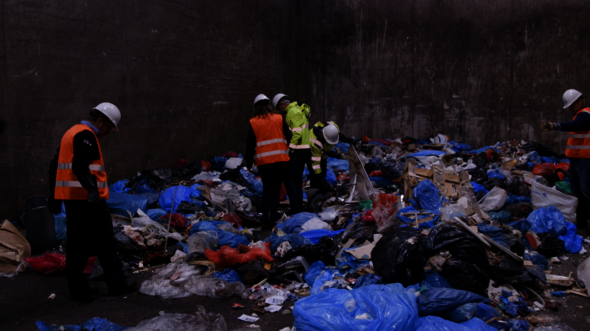
One type of waste per route
Renewi is the waste processing company that collects the waste from companies in the region with garbage trucks from Acht and other places. Driver Geert-Jan Wijnands comes to the campus three times a week and each time he has a car for one type of waste; one day for paper, the other one for plastics, et cetera. "Renewi does have cars with several separate compartments, but they are not used here," he says, while eating his lunch in the canteen of the BBC Residual Center on campus.
"We know each other well," says Meijer of TU/e’s Residual Center. Renewi drivers come here five days a week, sometimes three times a day. Wijnands emphasizes the importance of proper waste separation by the customer - the TU/e in this case. “If I see polystyrene in a container for plastic, I don't take it because it shouldn’t be in there and it will contaminate the plastic. I call my colleagues and later a residual-waste truck will come to collect it. I recently picked up a contaminated paper container with such a truck.”
Wijnands experienced himself on campus three years ago that proper waste separation is very important: “I saw smoke coming from my truck. And no smoke without fire. The risk of fire is increasing because people are increasingly throwing lithium-ion batteries into the gray bin. Those batteries can ignite spontaneously. It was half past six in the morning and I called 112 to ask if I should close the lid of the truck or not. After consultation, I unloaded the contents of the truck in a parking lot where the fire brigade came to extinguish them. But please note that batteries must be returned separately. That is also better for the environment." Meijer adds: "In every building, the reception staff knows where a chemo box for batteries is located."
Tulips
For every 25 workplaces, there are waste bins in the TU/e buildings in which waste is collected separately; the Tulips. The last buildings, Gemini and Ceres, will get them at the end of December, which brings the total to 510 pieces. “A number of locations have other waste bins with larger capacity or dimensions," says Martine de Graaff, Facility Services employee. She says that from January 1 on every toilet on the campus will have toilet paper made from TU/e coffee cups. "That is already the case in Atlas."
The Tulips are emptied by seventy different cleaners. From January TU/e will get a new cleaning company: ASITO. Cleaners will get new waste carts, with clear inscriptions on the compartments to make the separation of waste more visible than is currently the case.
Not only the coffee cups, but also the coffee grounds are collected separately. Since 2016, coffee machine company Maas has been doing this at the request of the TU/e. Used coffee grounds now enter the waste stream of organic material. It is cheaper to process and therefore costs the TU/e less. The collected cups go to the paper-processing industry, which turns them into toilet paper.
Quiz
What should go where? A Tulip is a simple system. When in doubt, throw your junk in the gray box: the residual waste. Where do you throw your wooden stirrers, the sugar packet, the creamer stick? Do you know where the white compostable cutlery should go? A nylon tea bag or candy wrapper? Check your answers here.
Despite the fact that in recent years we have managed to produce less residual waste, there is also still much to gain, according to Simone Vonken, policy officer at Internal Affairs. “For example, the TU/e, together with its cleaning partners, can focus on stricter management of waste disposal. Here it appears that the most profit can be made for now. Many employees and students of the TU/e often already separate the waste well at the source.”
Do you have discussions about waste items that are not clear where to be discarded? Ask your question here, we will try to figure it out for you. Also for large specific quantities of waste the employees of Waste Management & Logistics can be consulted for advice. For example, banners can be collected separately and certain materials can be reused.

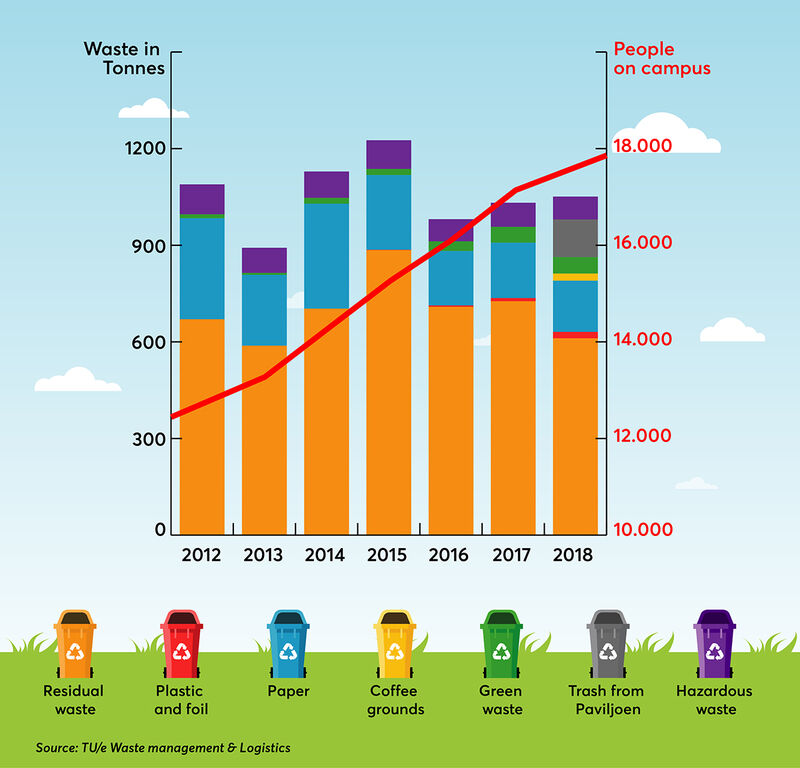
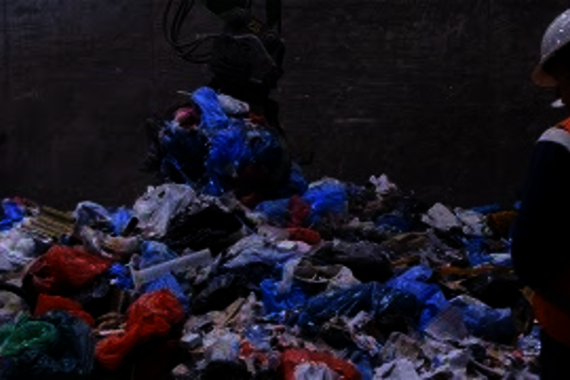
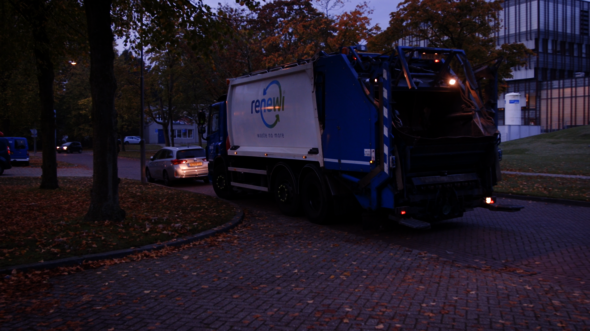
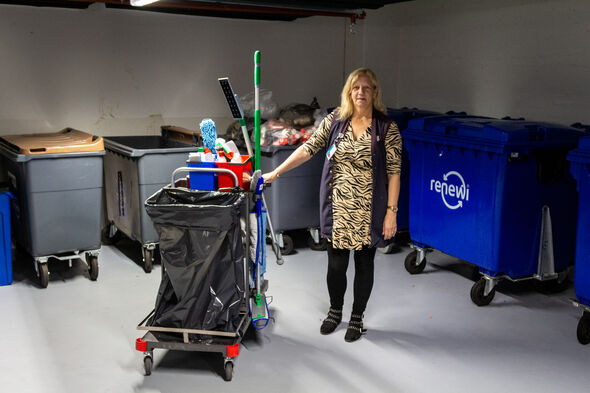
Discussion